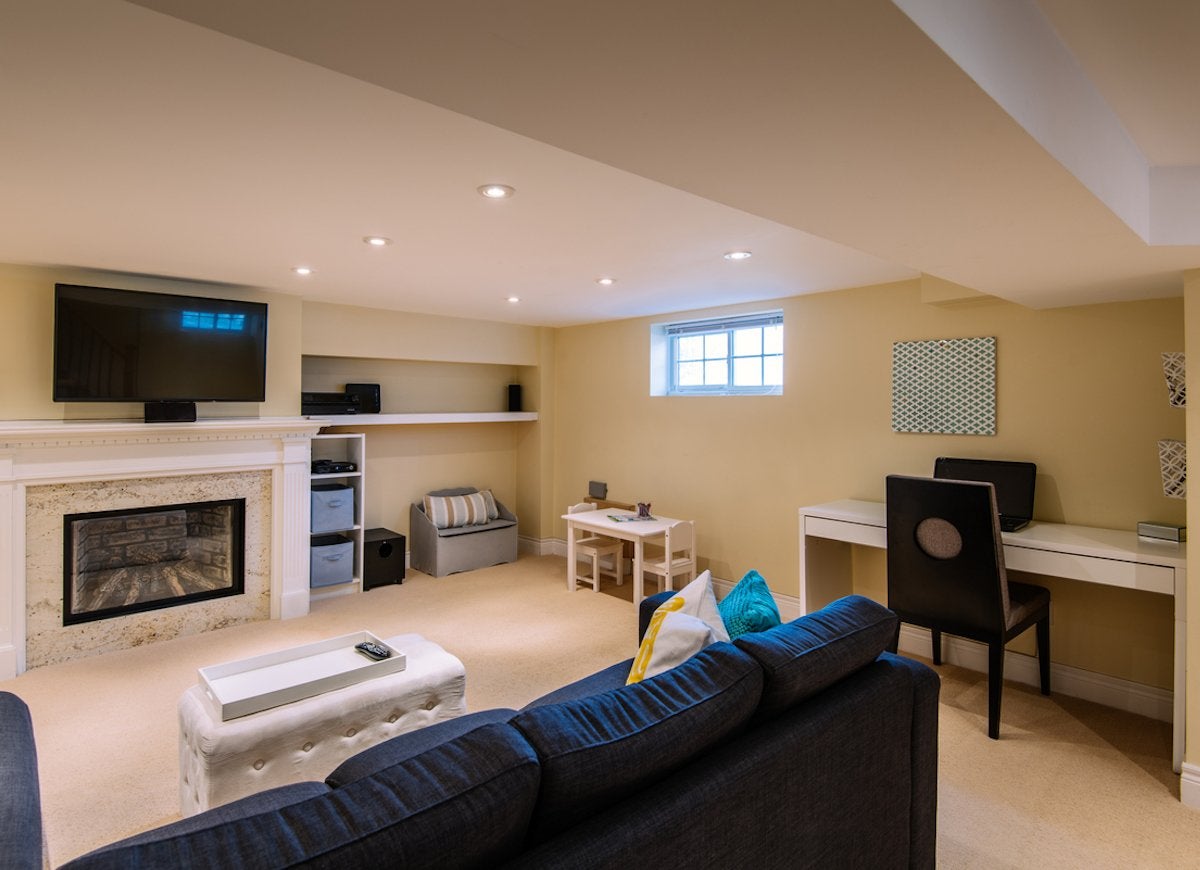

Articles
Why Is My Basement So Hot
Modified: October 28, 2024
Discover articles that explain why your basement is always hot and find practical solutions to keep it cool and comfortable.
(Many of the links in this article redirect to a specific reviewed product. Your purchase of these products through affiliate links helps to generate commission for Storables.com, at no extra cost. Learn more)
Introduction
A hot basement can be a frustrating problem that many homeowners face. Not only can it make the space uncomfortable to use, but it can also lead to higher energy costs and potential health risks. Understanding the causes of a hot basement and finding effective solutions is crucial to creating a more comfortable and livable environment.
In this article, we will explore the common reasons why basements become hot and discuss the potential effects of this heat. We will also provide some practical solutions to help you cool down your basement and create a more enjoyable space. Let’s dive in!
Key Takeaways:
- Transform your hot basement into a cool oasis by addressing insulation, ventilation, sunlight exposure, duct leaks, and air conditioning. Enjoy a comfortable and energy-efficient space for various activities.
- Protect your health, reduce energy costs, and reclaim your basement by insulating, ventilating, shading, sealing, and upgrading your air conditioning system. Create a cool and inviting environment for all to enjoy.
Read more: Why Is The Basement So Cold
Common Causes of a Hot Basement
There are several factors that can contribute to a hot basement. Understanding these causes can help you identify the root issue and take appropriate measures to address it. Here are some common reasons why basements become hot:
- Insufficient Insulation: One of the main culprits behind a hot basement is lack of proper insulation. Without sufficient insulation, the heat from outside can easily infiltrate your basement, making it uncomfortably warm.
- Poor Ventilation: Inadequate airflow and poor ventilation can trap hot air in the basement, causing the temperature to rise. Without proper ventilation, the basement becomes a stagnant space for the heat to accumulate.
- Exposure to Direct Sunlight: Basements with windows or walls that are exposed to direct sunlight can absorb and retain heat. This can significantly increase the temperature in the basement, especially during hot summer months.
- Leaking Ductwork: Leaky air ducts can allow warm air from other parts of the house to seep into the basement. This can lead to an increase in temperature, making the basement feel hot and uncomfortable.
- Inadequate Air Conditioning: If your central air conditioning system does not effectively cool down your basement, it can result in a hot and stuffy environment. Insufficient airflow or undersized HVAC units can contribute to the problem.
Identifying the specific cause or combination of causes in your basement is crucial to finding the most effective solution. By addressing these underlying issues, you can take steps to cool down your basement and make it a more comfortable space to enjoy.
Insufficient Insulation
Insufficient insulation is a common cause of a hot basement. Without proper insulation, heat from outside easily penetrates through the walls and floors, warming up the basement space. This can make the basement uncomfortable to spend time in and can lead to higher energy costs as the cooling system works harder to combat the heat.
To address this issue, adding insulation to your basement walls and floors is crucial. Insulating the walls helps to create a barrier that prevents heat transfer from outside to inside. It also helps to retain cool air produced by the cooling system, keeping the basement temperature at a comfortable level.
When insulating your basement, it’s important to consider the type of insulation you use. Common options include fiberglass batts, spray foam, and rigid foam boards. Each has its own advantages and disadvantages, so it’s essential to choose the insulation that best suits your needs and budget.
In addition to insulating the walls, don’t forget about insulating the floors. Basements are often built directly on the ground, which can make the floors colder in winter and warmer in summer. Insulating the basement floor helps to prevent heat transfer from the ground, keeping the basement temperature more consistent throughout the year.
Properly insulating your basement not only helps to keep it cooler in the summer but also improves energy efficiency. By reducing heat transfer, you’ll rely less on air conditioning, resulting in lower energy consumption and reduced utility bills.
Consulting with a professional contractor is recommended when insulating your basement. They can assess your specific needs and provide guidance on the best insulation options for your situation. With the right insulation in place, you can significantly improve the comfort of your basement and reduce energy costs.
Poor Ventilation
Poor ventilation is another common cause of a hot basement. Without proper airflow, hot air gets trapped in the basement, causing the temperature to rise. This can make the space feel stuffy and uncomfortable, especially during hot summer months.
There are several factors that can contribute to poor ventilation in a basement. One common issue is the lack of windows or small windows that don’t allow for proper air circulation. Basement windows play a crucial role in bringing fresh air in and allowing hot air to escape. Adding or enlarging windows can help improve ventilation and cool down the space.
In addition to windows, consider installing a basement ventilation system. A mechanical ventilation system, such as an exhaust fan or a dehumidifier with a fan, can help remove hot air and improve air circulation in the basement. These systems can be particularly effective in basements that are prone to high humidity or lack natural ventilation.
Air ducts can also impact basement ventilation. Ensure that the ductwork in your home is properly connected and sealed to prevent air leakage. Leaky ducts can redirect cool air away from the basement and allow hot air from other parts of the house to enter, leading to an increase in temperature.
Properly maintaining your existing ventilation systems is equally important. It’s essential to clean or replace air filters regularly to ensure optimal airflow and prevent the buildup of dust and debris. Consider having your ventilation system inspected and serviced by a professional to address any underlying issues.
Improving ventilation in your basement can go a long way in keeping it cool and comfortable. By allowing for proper airflow and removing hot air, you can prevent the buildup of heat and create a more enjoyable space to spend time in.
Exposure to Direct Sunlight
A basement with windows or walls that are exposed to direct sunlight can easily become hot. Sunlight carries heat, and when it enters your basement, it can raise the temperature significantly, making the space uncomfortable to be in.
To address this issue, consider installing window coverings such as blinds, curtains, or shades. These coverings can block or reduce the amount of sunlight entering the basement, effectively reducing heat buildup. Choose coverings that are made with thermal or light-blocking materials for maximum effectiveness.
If possible, consider landscaping or utilizing external shading to block the direct sunlight from reaching the basement windows. Trees, shrubs, or awnings can provide much-needed shade and help keep the temperature inside the basement cooler. However, be cautious not to block natural light completely, as some natural light is essential for a pleasant basement environment.
An alternative solution is to install window tint or reflective film on the basement windows. These films work by reflecting a portion of the sunlight and reducing the amount of heat transmitted into the space. Window tints and films come in various degrees of opacity, allowing you to control the amount of sunlight and heat penetration.
By addressing the issue of direct sunlight exposure, you can significantly reduce the heat gain in your basement and create a more comfortable living space. Remember to assess the positioning and orientation of your windows to determine the best method for blocking or reducing sunlight based on the specific layout of your basement.
Read more: Why Is My Second Floor So Hot In The Winter
Leaking Ductwork
Leaky ductwork can contribute to a hot basement by allowing warm air from other parts of the house to enter. When air ducts have gaps, cracks, or disconnected sections, cool air intended for other areas can escape into the basement, making it feel warmer. This can also result in an imbalance of airflow throughout your home, affecting the effectiveness of your cooling system.
To address leaking ductwork, it’s important to identify and seal any air leaks. This can be done by inspecting the ducts for visible damage or gaps and using duct sealant or foil tape to seal them. However, depending on the extent of the damage, it may be necessary to consult with a professional HVAC technician for proper diagnosis and repair.
In some cases, it may be beneficial to consider duct insulation. Insulating the ducts helps to prevent heat gain or loss, ensuring that the air being delivered to the basement remains cool. This can be particularly helpful if the ductwork runs through areas with high heat exposure, such as an attic or crawl space.
Regular ductwork maintenance is essential to prevent leaks from occurring or worsening over time. Ensure that your ducts are properly connected, sealed, and insulated. Additionally, consider scheduling routine duct cleaning to remove dust, debris, and any potential obstructions that can hinder proper airflow.
By addressing leaking ductwork, you can effectively prevent hot air from infiltrating your basement, maintaining a cooler and more comfortable environment. Properly sealed and insulated ducts can also enhance the overall efficiency of your cooling system, resulting in energy savings and improved comfort throughout your home.
Inadequate Air Conditioning
If your basement feels hot and uncomfortable, inadequate air conditioning may be to blame. It’s important to ensure that your cooling system is capable of effectively cooling the basement space.
First, check if your central air conditioning system is properly sized for your home. If it is undersized, it may struggle to cool the entire house, including the basement. Consult with a professional HVAC technician to determine if your current system is sufficient or if an upgrade is necessary.
If your existing air conditioning system is not reaching the basement effectively, there are several steps you can take to improve cooling. Consider adding supplemental cooling options such as a portable air conditioner or a ductless mini-split system. These units can be specifically installed in the basement area to provide additional cooling power.
Another important factor to consider is air circulation. Ensure that your basement vents are not obstructed and are open for proper airflow. Additionally, consider using fans to help distribute cool air throughout the space. Ceiling fans or oscillating fans can help improve air circulation and make your basement more comfortable.
Regular maintenance of your air conditioning system is essential to keep it functioning optimally. Change air filters regularly, clean the coils, and schedule professional HVAC maintenance to ensure that your system is running efficiently. A well-maintained air conditioning system will not only cool your basement effectively but also help reduce energy costs.
If an upgrade to your air conditioning system is needed, consider energy-efficient options. Energy-efficient systems can provide adequate cooling while saving on energy consumption, resulting in lower operating costs and a more environmentally friendly solution.
By addressing inadequate air conditioning, you can create a more comfortable and cool basement environment. Whether it’s upgrading your current system, adding supplemental cooling options, or promoting better air circulation, improving your cooling capabilities will bring much-needed relief to your overheated basement.
Effects of a Hot Basement
A hot basement can have several negative effects that go beyond just discomfort. Understanding these effects can highlight the importance of addressing the issue and finding effective solutions. Here are some common effects of a hot basement:
- Health Risks: Excessive heat in your basement can pose health risks, especially for individuals who are sensitive to high temperatures or have pre-existing medical conditions. Heat exhaustion, heat stroke, dehydration, and respiratory problems can occur when the body’s temperature regulation is compromised. It’s important to create a comfortable and safe environment to avoid these health concerns.
- Increased Energy Costs: A hot basement can lead to increased energy costs. When the basement is hot, your cooling system has to work harder to maintain a comfortable temperature throughout your home. This results in higher energy consumption and increased utility bills. By reducing the heat in your basement, you can help optimize energy efficiency and lower your overall energy costs.
- Decreased Usability: A hot basement can limit the usability and enjoyment of the space. If the temperature is uncomfortably high, you may be discouraged from using the basement for recreational activities, storage, or as additional living space. By addressing the heat, you can reclaim your basement and make it a more functional area for various purposes.
- Potential Damage to Belongings: High temperatures and humidity levels in the basement can lead to damage to belongings stored there. Excessive heat and moisture can warp wood, cause mold and mildew growth, and damage sensitive items such as electronics or artwork. Controlling the temperature and humidity levels in your basement can help preserve your belongings and prevent costly damage.
- Negative Impact on Home Resale Value: An uncomfortably hot basement can negatively impact the resale value of your home. Potential buyers may see a hot basement as a significant drawback and may be less interested or willing to pay the desired price. By addressing the heat issues and creating a comfortable environment, you enhance the overall appeal and value of your home.
Understanding the effects of a hot basement underscores the importance of finding effective solutions. By implementing measures to reduce heat and improve the overall comfort of your basement, you can mitigate these negative effects and create a healthier, more functional, and enjoyable space within your home.
Health Risks
A hot basement can pose various health risks to individuals, particularly those who are more susceptible to the effects of high temperatures. Understanding these potential health risks is crucial for taking the necessary steps to address the heat and create a safer environment. Here are some health risks associated with a hot basement:
- Heat Exhaustion: When exposed to prolonged periods of high temperatures, the body may struggle to cool down, leading to heat exhaustion. Symptoms include excessive sweating, fatigue, dizziness, headache, and nausea. If left untreated, heat exhaustion can progress to heatstroke, which is a medical emergency.
- Heat Stroke: Heat stroke is a severe condition that occurs when the body’s core temperature rises to dangerous levels. It is a medical emergency and requires immediate treatment. Symptoms include high body temperature, confusion, rapid heartbeat, and loss of consciousness. Heat stroke can be life-threatening, and prompt medical intervention is crucial.
- Dehydration: Hot environments can increase the risk of dehydration. When the body sweats excessively to cool down, it loses fluids and electrolytes. Dehydration can lead to symptoms such as dry mouth, fatigue, dizziness, dark urine, and in severe cases, confusion and organ failure.
- Respiratory Problems: High temperatures and humidity in a hot basement can exacerbate respiratory issues and allergies. Mold and mildew are more likely to thrive in hot and damp conditions, leading to respiratory symptoms such as coughing, wheezing, and congestion. Individuals with asthma or other respiratory conditions may experience worsened symptoms in a hot basement.
To mitigate these health risks, it is crucial to address the heat in your basement effectively. Here are some measures you can take:
- Keep the basement cool: Install insulation, improve ventilation, and block direct sunlight to reduce heat gain in the basement.
- Use fans or portable air conditioners: Enhance airflow and create a cooler environment by using fans or installing portable air conditioners in the basement.
- Stay hydrated: Drink plenty of fluids to prevent dehydration. Encourage proper hydration for everyone spending time in the basement, especially during hot weather.
- Maintain good air quality: Keep the basement clean and well-ventilated to minimize the risk of mold and allergen accumulation, which can worsen respiratory issues.
It is important to prioritize your health and take necessary precautions to prevent and manage the health risks associated with a hot basement. By creating a cooler and more comfortable environment, you can reduce the likelihood of heat-related health problems and ensure the well-being of everyone in your household.
Consider installing a dehumidifier in your basement to help reduce the humidity levels, which can contribute to the space feeling hot and stuffy. This can also help prevent mold and mildew growth.
Read more: Why Is My Chlorine Level So Low In Hot Tub
Increased Energy Costs
A hot basement can lead to increased energy costs as your cooling system works harder to maintain a comfortable temperature throughout your home. Understanding the impact of a hot basement on energy consumption is important for finding ways to improve energy efficiency and reduce your utility bills.
When the temperature in your basement rises, your cooling system needs to compensate and cool down the entire house, including the basement. This increased workload requires more energy, resulting in higher energy consumption and subsequently higher energy costs.
Addressing the heat in your basement can help optimize energy efficiency and reduce your overall energy costs. Here are a few tips to consider:
- Insulate your basement: Properly insulating your basement walls and floors helps to prevent heat transfer. This means less reliance on your cooling system to cool down the space, ultimately saving energy and reducing costs.
- Seal air leaks: Leaky ductwork or air leaks in your basement can allow cool air to escape and hot air to enter. By identifying and sealing these air leaks, you can improve energy efficiency and prevent unnecessary energy loss.
- Improve ventilation: Inadequate ventilation can trap hot air in your basement, making your cooling system work harder. Ensure that your basement is properly ventilated and consider using fans to enhance airflow, allowing your cooling system to operate more efficiently.
- Upgrade your cooling system: If your current air conditioning system is outdated or inefficient, upgrading to a more energy-efficient model can significantly reduce energy consumption. Look for units with higher SEER (Seasonal Energy Efficiency Ratio) ratings for optimal energy savings.
- Use programmable thermostats: Take advantage of programmable thermostats to set temperature schedules that match your occupancy patterns. This avoids unnecessary cooling and helps you save energy during times when the basement is not in use.
By implementing these energy-saving measures, you can optimize the efficiency of your cooling system, reduce energy consumption, and ultimately lower your energy costs. The investment in improving the energy efficiency of your basement can provide long-term savings and contribute to a more sustainable home.
Potential Solutions
If you’re dealing with a hot basement, there are several potential solutions you can explore to cool down the space and create a more comfortable environment. Consider implementing the following measures:
- Insulating the Basement: Proper insulation can help regulate the temperature in your basement. Insulate the walls and floors to prevent heat transfer from the outside and maintain a stable temperature inside.
- Improving Ventilation: Enhance airflow and ventilation in your basement by adding or enlarging windows, installing exhaust fans, or utilizing a mechanical ventilation system. This helps to remove hot air and promote fresh air circulation.
- Installing Window Coverings: Block or reduce direct sunlight by installing window coverings such as blinds, curtains, or shades. These can effectively reduce heat gain from sunlight and improve the overall comfort of your basement.
- Sealing Air Leaks: Identify and seal any air leaks in your basement, particularly in ductwork or around windows and doors. Properly sealing air leaks helps to prevent the entry of hot air and improve the efficiency of your cooling system.
- Upgrading Air Conditioning: Consider upgrading your air conditioning system to a more efficient model that is properly sized for your home. An energy-efficient system can effectively cool your basement and reduce energy consumption.
It’s important to evaluate your specific situation and consider a combination of these solutions to address the heat in your basement effectively. Consulting with a professional HVAC technician or a contractor experienced in basement insulation and cooling can provide valuable insights and recommendations tailored to your needs.
Remember, each home and basement is unique, and the solutions that work for one may not work for another. It’s crucial to assess your specific circumstances and implement solutions that align with your budget, energy efficiency goals, and comfort preferences.
By implementing these potential solutions, you can transform your hot basement into a cooler, more enjoyable space. Create an environment that is comfortable, energy-efficient, and conducive to the activities you wish to pursue in your basement.
Insulating the Basement
Insulating your basement is a key step in creating a cooler and more comfortable space. Proper insulation helps to prevent heat transfer, keeping the basement temperature more consistent and reducing the need for excessive cooling in warmer months. Here’s a closer look at insulating the basement:
1. Assess the current insulation: Start by determining if your basement has any existing insulation. Older homes may have little to no insulation, while newer constructions may have some insulation already in place. Assessing the current insulation level will help you determine the extent of insulation needed.
2. Choose the right insulation material: There are various insulation materials to choose from, including fiberglass batts, spray foam, and rigid foam boards. Each option has its own advantages and considerations. Factors such as budget, insulation effectiveness, and moisture resistance should be considered when making a decision.
3. Insulate the walls: Insulating the basement walls is important because they are in direct contact with the surrounding soil, which can transfer heat. Install insulation between the wall studs or directly onto the concrete walls, depending on the chosen insulation material. This will create a thermal barrier that can significantly reduce heat transfer.
4. Insulate the floors: Basements are often built directly on the ground, making the floors susceptible to heat transfer. Insulating the basement floors can help prevent heat gain during hot summer months and improve overall comfort. Consider using insulation boards or spray foam insulation to achieve proper insulation.
5. Pay attention to air sealing: Proper air sealing is crucial to maximize the effectiveness of insulation. Seal any gaps or cracks in the walls, floors, and around windows and doors to prevent air leakage. This will help maintain a more consistent temperature in the basement and increase energy efficiency.
6. Consider vapor barrier installation: Depending on the moisture levels in your basement, it may be necessary to install a vapor barrier along with insulation. A vapor barrier helps to control moisture and protect the insulation from potential damage. Consult a professional to determine if a vapor barrier is necessary based on your specific circumstances.
Insulating your basement not only improves comfort but also has long-term benefits. It helps to reduce energy consumption, leading to lower utility bills, and can increase the overall energy efficiency of your home. Additionally, insulation can help control moisture levels, preventing issues such as mold and mildew.
When it comes to basement insulation, it is recommended to consult with a professional contractor experienced in insulation installation. They can assess your specific needs, suggest appropriate insulation materials, and ensure proper installation for optimal results.
By insulating your basement, you create an environment that remains cooler in hot weather, promotes energy efficiency, and enhances the overall comfort and usability of your basement space.
Improving Ventilation
Improving ventilation in your basement is crucial for maintaining a cool and comfortable environment. Good airflow helps to prevent the buildup of heat, remove excess humidity, and promote a fresh and pleasant atmosphere. Here are some strategies to consider for improving ventilation:
1. Add or enlarge windows: Windows play a crucial role in providing natural ventilation. If your basement has small or no windows, consider adding or enlarging them to allow for more fresh air circulation. Windows can be strategically placed to promote cross ventilation and airflow throughout the space.
2. Install an exhaust fan: Installing an exhaust fan can help remove stale air, excess heat, and humidity from the basement. Position the fan near the ceiling or in an area that tends to accumulate hot air. This will create a more effective airflow and enhance ventilation.
3. Utilize a mechanical ventilation system: In cases where natural ventilation is not sufficient, consider installing a mechanical ventilation system. These systems are designed to circulate fresh air into the basement and exhaust stale air. They can help regulate temperature, control humidity levels, and improve overall air quality.
4. Keep basement vents clear: Ensure that vents in your basement remain unobstructed by furniture, boxes, or other items. Blocked vents can impede air circulation and hinder ventilation. Regularly clean and maintain the vents to prevent the buildup of dust or debris.
5. Use fans: Place fans strategically in the basement to promote airflow. Ceiling fans can help distribute cool air throughout the space while portable fans can provide targeted ventilation. Consider using oscillating fans to enhance air circulation and make the basement feel cooler.
6. Open basement doors: Keep doors open between the basement and other areas of the house to allow for better airflow. This can help equalize temperatures and prevent stagnation of air in the basement.
Remember, ventilation is not only important for cooling the basement but also for maintaining good air quality. It helps remove pollutants, odors, and excess humidity, creating a healthier and more pleasant environment.
If you struggle to achieve adequate ventilation in your basement, it is recommended to consult with a professional contractor or HVAC technician. They can assess your specific ventilation needs, recommend appropriate solutions, and ensure proper installation for optimal results.
By improving ventilation in your basement, you can create a more comfortable and inviting space that promotes airflow, reduces heat buildup, and enhances overall air quality.
Read more: Why Does My Hot Tub Have So Many Bubbles
Installing Window Coverings
Installing window coverings in your basement can be an effective solution to reduce the heat gain from direct sunlight and improve the overall comfort of the space. Window coverings help to block or reduce the amount of sunlight entering the basement, preventing excessive heat buildup. Here are some considerations for installing window coverings:
1. Blinds: Blinds are a versatile option for controlling sunlight and heat. They come in various materials, such as wood, aluminum, or vinyl, and can be adjusted to allow partial or full sunlight entry. Tilt the slats to block direct sunlight while still allowing natural light to filter through.
2. Curtains or Drapes: Curtains or drapes made with insulating or light-blocking fabrics can effectively reduce heat gain and provide privacy. Choose thicker materials with light-colored or reflective surfaces to reflect sunlight and keep the basement cooler. Consider installing curtains with blackout lining for maximum light and heat blockage.
3. Shades: Shades provide a streamlined and modern look while offering excellent light control. Cellular or honeycomb shades, in particular, are designed with insulating properties, enhancing energy efficiency and reducing heat transfer. These shades trap air and provide an extra layer of insulation to keep your basement cooler.
4. Window Films: Window films offer a cost-effective and easy-to-install option to reduce heat gain and block harmful UV rays. Reflective window films can reflect a portion of sunlight away from the basement, reducing heat buildup. Additionally, films with UV-blocking properties help to protect your furnishings and prevent fading.
5. Awnings: Installing an awning over the basement windows can provide effective shade and reduce direct sunlight exposure. Awnings block sunlight before it reaches the window, preventing heat gain and helping to keep the basement cooler. Choose awnings with light-colored or reflective surfaces for better heat reflection.
6. Shutters: Plantation-style shutters can provide both style and functionality to your basement windows. They can be adjusted to allow for ventilation and natural light while blocking direct sunlight. When closed, shutters provide an extra layer of insulation, reducing heat transfer and maintaining a cooler temperature.
When selecting window coverings, consider the orientation of your basement windows and the amount of sunlight they receive throughout the day. Customizable options allow you to tailor the level of light control and heat reduction to your specific needs.
By installing window coverings in your basement, you can significantly reduce heat gain from direct sunlight, create a more comfortable environment, and protect your furnishings from sun damage. Choose coverings that fit your style preferences while optimizing heat reduction and energy efficiency.
Sealing Air Leaks
Sealing air leaks in your basement is a crucial step in improving energy efficiency and reducing heat gain. Air leaks can allow hot air from outside to infiltrate your basement, making it more challenging to maintain a comfortable temperature. Here are some tips for effectively sealing air leaks:
1. Identify air leakage points: Conduct a thorough inspection of your basement to identify areas where air leaks may occur. Common locations for air leaks include around windows and doors, pipe and cable penetrations, electrical outlets, and gaps or cracks in walls and floors.
2. Use caulking or weatherstripping: Apply caulking or weatherstripping to seal gaps or cracks in windows, doors, and other areas where air might leak in. Caulking is suitable for sealing stationary components, while weatherstripping is more appropriate for movable parts like windows and doors. Choose high-quality materials that are durable and weather-resistant.
3. Install door sweeps and thresholds: Door sweeps and thresholds create a seal at the bottom of doors, preventing air from coming in or escaping. Choose door sweeps that provide a tight seal and ensure proper installation to seal off any gaps.
4. Seal electrical outlets: Electrical outlets are often overlooked as potential sources of air leakage. Install foam gaskets or outlet gasket covers behind outlet plates to improve insulation and minimize air infiltration.
5. Insulate pipes and ductwork: Insulate exposed pipes and ductwork in your basement to prevent air leaks and heat loss. Use insulation sleeves or wrap, ensuring a snug fit around pipes and ducts to minimize the transfer of hot or cold air.
6. Consider basement sealing products: For more extensive air sealing, consider using basement sealing products such as sealant sprays, foam sealants, or expanding foam insulation. These products can fill and seal larger gaps and cracks effectively, creating a more airtight and energy-efficient basement environment.
7. Conduct a blower door test: If you’re unsure of the extent of air leakage in your basement, consider hiring a professional to perform a blower door test. This test assesses the overall air tightness of your basement and can pinpoint areas of concern that require sealing.
Sealing air leaks in your basement enhances energy efficiency, prevents the intrusion of hot air, and helps maintain a more consistent temperature. It also improves indoor air quality by minimizing the entry of dust, pollutants, and allergens.
While some air sealing tasks can be completed as a DIY project, hiring a professional with experience in air sealing is highly recommended. They can provide expert guidance, ensure proper sealing techniques, and help you achieve the best results.
By sealing air leaks in your basement, you can significantly reduce heat gain, increase energy efficiency, and create a more comfortable and controlled indoor environment.
Upgrading Air Conditioning
If your current air conditioning system is not effectively cooling your basement, upgrading to a more efficient and suitable system can make a significant difference. Upgrading your air conditioning system can help create a cooler and more comfortable basement environment. Consider the following when upgrading your air conditioning:
1. Assess your cooling needs: Evaluate the size and layout of your basement to determine the cooling capacity required. A larger basement or one with more heat-generating equipment may require a more robust cooling system. Consulting with a professional HVAC technician can help ensure that you select the appropriate size and capacity for your basement.
2. Consider energy efficiency: Look for air conditioning units with high energy efficiency ratings. Energy-efficient models can provide effective cooling while consuming less energy, leading to savings on your utility bills. Look for units with a high Seasonal Energy Efficiency Ratio (SEER) rating, which indicates greater energy efficiency.
3. Explore ductless mini-split systems: Ductless mini-split systems are a versatile option for cooling basements without existing ductwork. These systems consist of an outdoor unit connected to one or more indoor units, typically mounted on the wall. They offer zone-controlled cooling, allowing you to cool specific areas of the basement as needed.
4. Consider supplemental cooling options: If your current central air conditioning system struggles to cool your basement adequately, consider adding supplemental cooling options. Portable air conditioners can be a cost-effective solution for cooling a specific area, while ceiling-mounted or floor-mounted split systems provide targeted cooling in larger basement spaces.
5. Multi-zone cooling: If your basement serves various purposes or has different temperature requirements, a multi-zone cooling system may be beneficial. This system allows for customized cooling in different areas of the basement, ensuring optimal comfort for each zone.
6. Programmable thermostats: Incorporating programmable thermostats into your upgraded air conditioning system allows for customized temperature settings and energy savings. Programmable thermostats enable you to adjust cooling schedules based on occupancy patterns, optimizing energy efficiency and reducing unnecessary cooling when the basement is unoccupied.
7. Professional installation and maintenance: To ensure the proper installation and functionality of your upgraded air conditioning system, it is recommended to enlist professional HVAC technicians. They have the expertise to assess your specific needs, recommend suitable options, and ensure proper installation. Schedule regular maintenance to keep your upgraded system running efficiently and prolong its lifespan.
Upgrading your air conditioning system can significantly improve the cooling capacity and energy efficiency of your basement. Consult with professionals in the HVAC industry to determine the most suitable options for your specific basement requirements. With an upgraded air conditioning system, you can enjoy a cooler and more pleasant basement environment even on the hottest days.
Conclusion
A hot basement can be a source of frustration, discomfort, and increased energy costs. However, with the right knowledge and solutions, you can transform your overheated basement into a cool and comfortable living space. Identifying the root causes of a hot basement, such as insufficient insulation, poor ventilation, exposure to direct sunlight, leaking ductwork, or inadequate air conditioning, is crucial for finding effective solutions.
Insulating your basement is a fundamental step in preventing heat transfer and maintaining a stable temperature. By properly insulating the walls and floors, you can create a thermal barrier that reduces heat gain from outside and improves energy efficiency.
Improving ventilation in your basement is essential for promoting airflow and preventing the accumulation of hot air. Consider adding or enlarging windows, installing exhaust fans, utilizing mechanical ventilation systems, and keeping basement vents clear to enhance air circulation.
Addressing the issue of exposure to direct sunlight is another key element in cooling down your basement. Installing window coverings such as blinds, curtains, shades, or reflective films can significantly reduce heat gain and protect your space from the direct rays of the sun.
Leaking ductwork allows hot air to enter the basement, compromising its temperature and comfort. Sealing air leaks in ducts and other areas helps to prevent the intrusion of warm air and ensures better distribution of cool air throughout your home.
If your current air conditioning system is inadequate, consider upgrading to a more efficient model or adding supplemental cooling options such as portable air conditioners or ductless mini-split systems to effectively cool your basement.
Understanding the potential effects of a hot basement, including health risks and increased energy costs, emphasizes the importance of taking action to address the issue. By implementing the appropriate solutions discussed in this article, you can create a cooler, more comfortable, and energy-efficient basement space.
Remember to consult with professionals, such as contractors or HVAC technicians, who can provide expert guidance, assess your specific needs, and ensure proper installation. Regular maintenance of your cooling system and continuous monitoring of your basement’s temperature and comfort will help sustain the desired environment in the long run.
By taking the necessary steps to cool down your basement, you can reclaim this valuable space, enhance your home’s livability, and enjoy a comfortable and welcoming area for various activities. Don’t let a hot basement stand in the way – embrace the solutions and create the cool basement you deserve!
Frequently Asked Questions about Why Is My Basement So Hot
Was this page helpful?
At Storables.com, we guarantee accurate and reliable information. Our content, validated by Expert Board Contributors, is crafted following stringent Editorial Policies. We're committed to providing you with well-researched, expert-backed insights for all your informational needs.
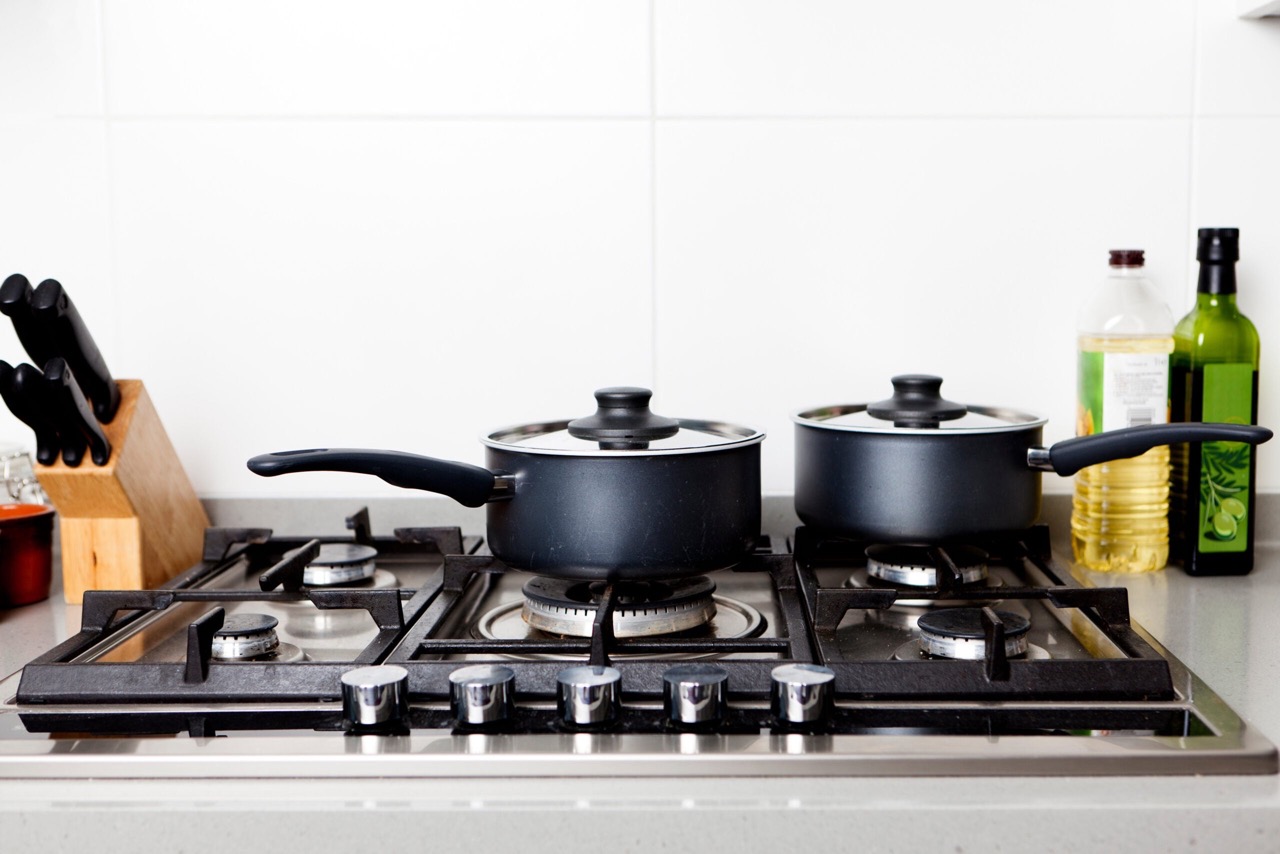


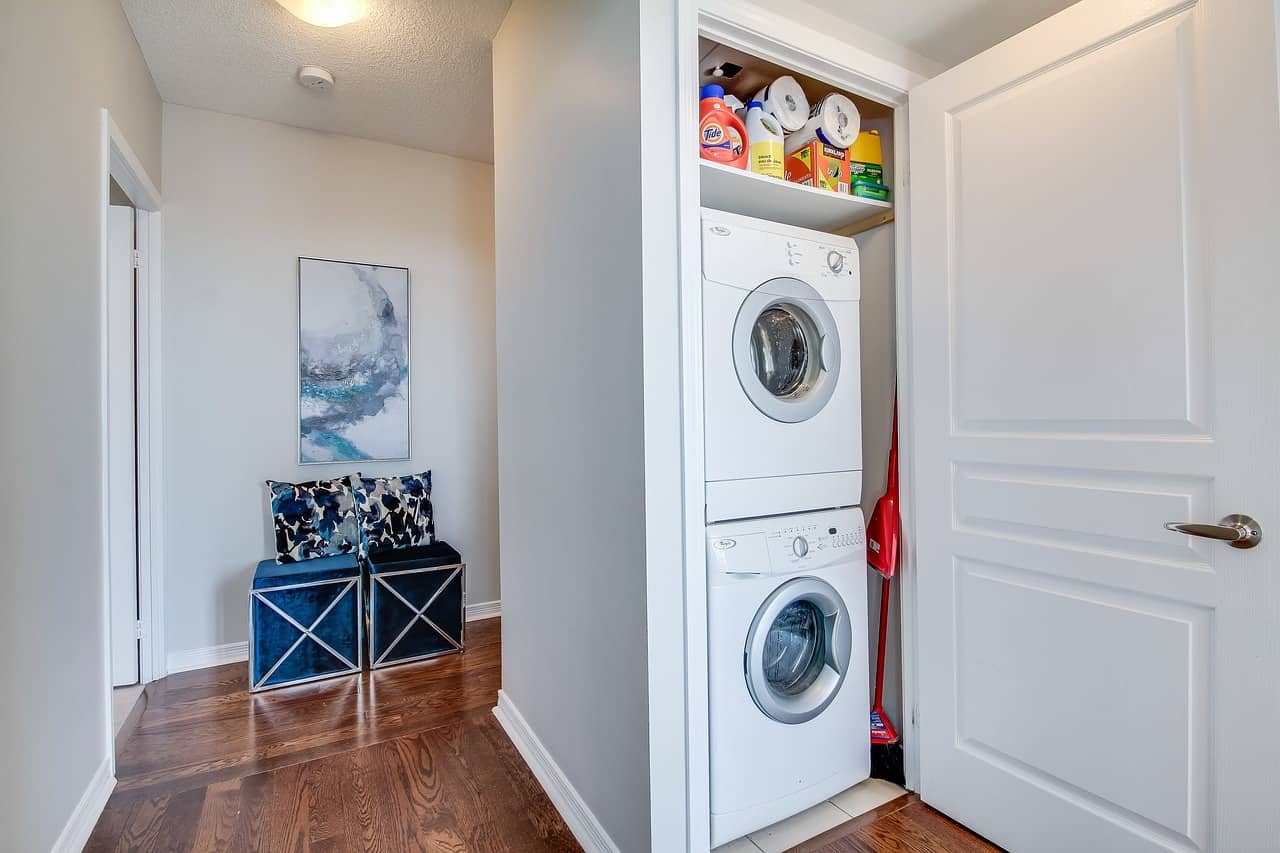

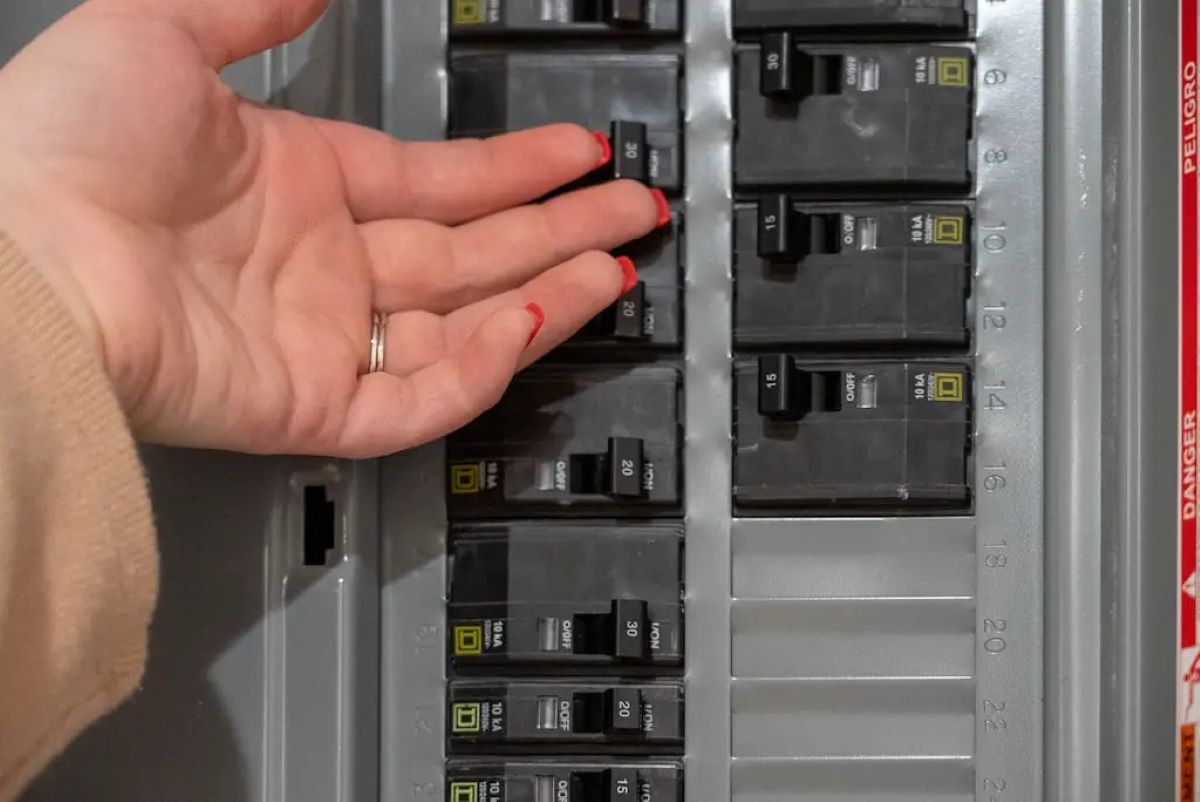
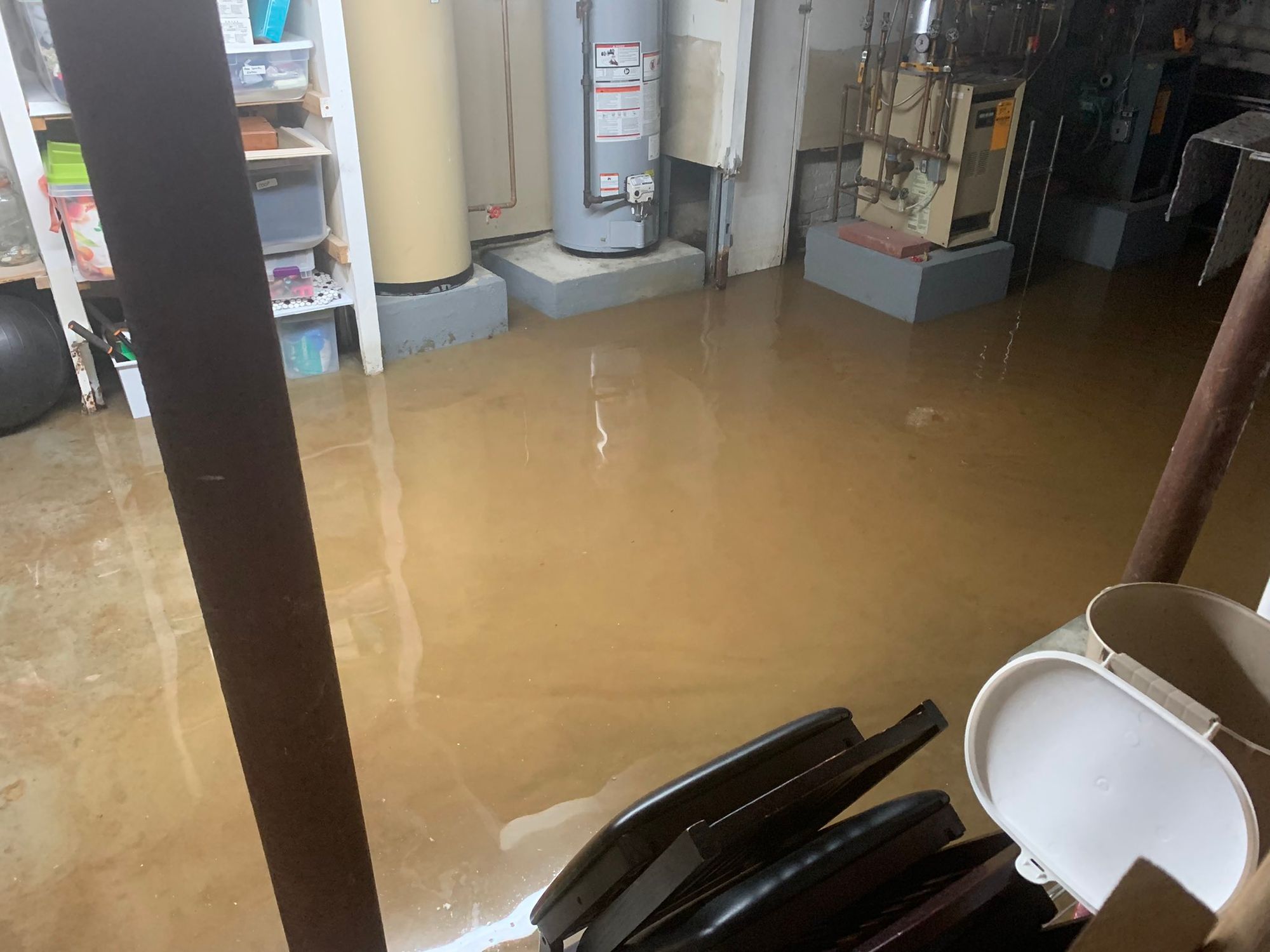

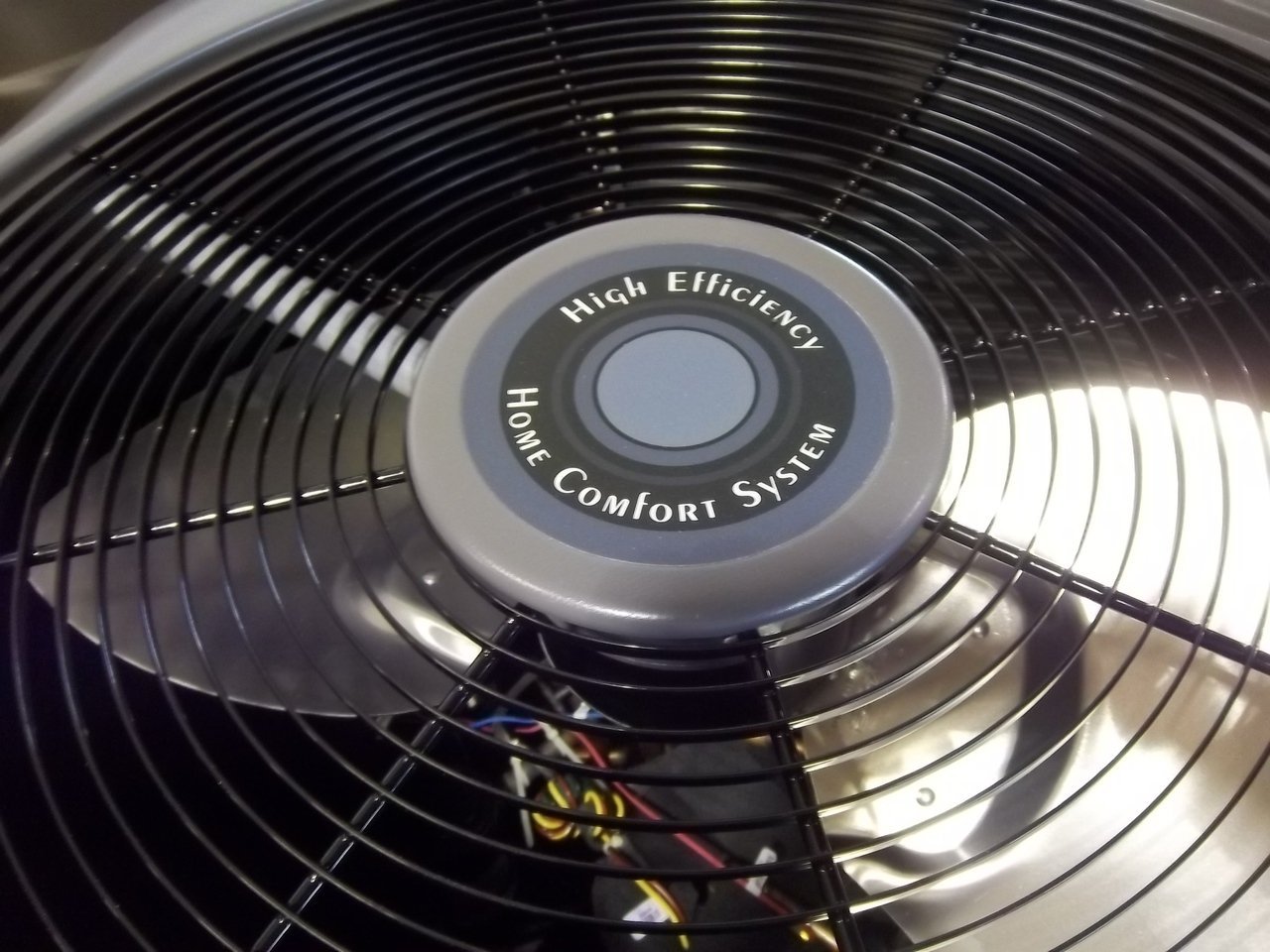
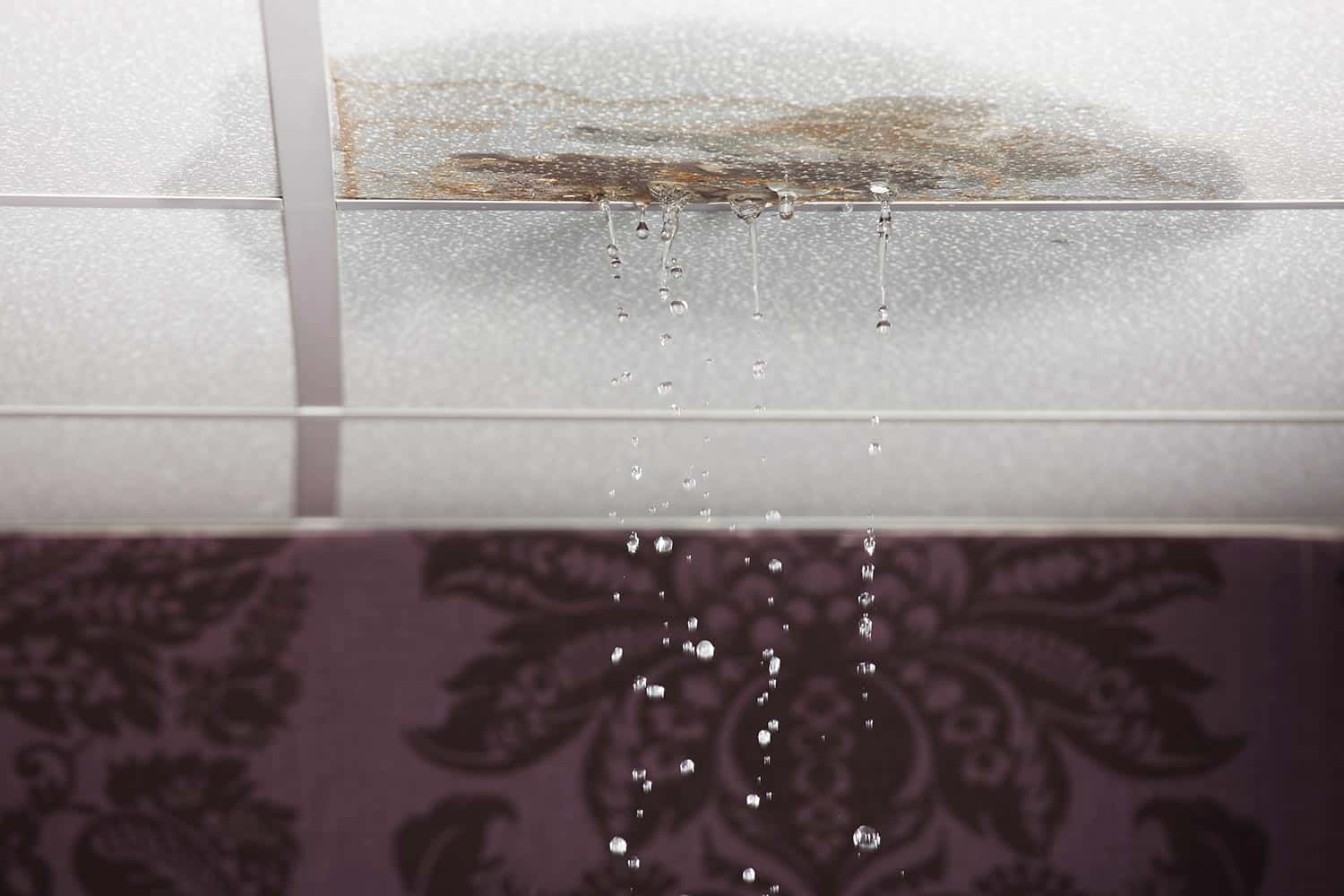



0 thoughts on “Why Is My Basement So Hot”